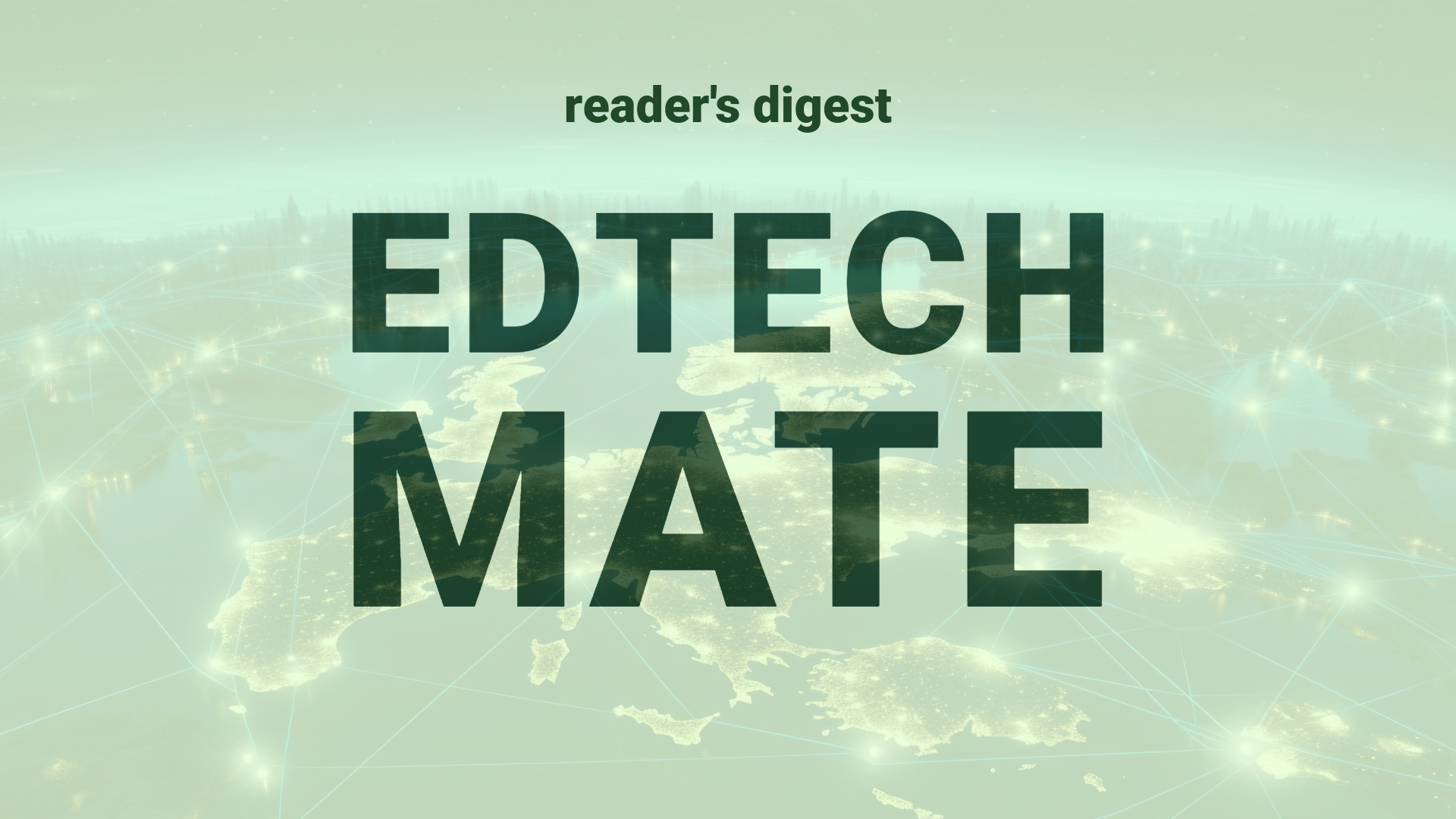“`html
Executive Summary and Main Points
The Universidad Autónoma de Barcelona (UAB) survived a significant ‘ransomware’ cyberattack orchestrated by the PYSA group in 2021, emerging even stronger from the incident according to Gonçal Badenes, the institution’s CIO. The attack disrupted continuity services during a holiday weekend but the university’s pre-established cybersecurity protocols and strategic partnerships with tech companies like Dell Technologies allowed for an effective response. Critical systems were ultimately reconstructed from scratch, ensuring no malicious configurations remained.
Potential Impact in the Education Sector
The UAB incident underlines the critical necessity for robust cybersecurity measures within Further Education and Higher Education institutions. Such attacks expose vulnerabilities in digital infrastructure and the need for sound data backup strategies. Micro-credentials, representing an emerging focus on digital certification, could also be at risk if not protected adequately. This case reinforces the importance of collaborative efforts between educational entities and technical partners to mitigate cyber threats and recover from potential breaches efficiently.
Potential Applicability in the Education Sector
Innovative applications of AI and digital tools could enhance incident detection and automated responses to cyberattacks within global education systems. Predictive analytics and machine learning could be harnessed to preemptively identify potential vulnerabilities or irregular activities indicative of a breach. AI-driven security measures can provide a stronger, smarter defense against a growing array of cyber threats to educational institutions.
Criticism and Potential Shortfalls
Despite successful recovery, critiques stress the inevitability of operational disruptions and the initial underestimation of impact from halting all systems. Ethical considerations of paying ransoms or negotiating with attackers were also highlighted, especially within the public sector. Comparative international case studies could further enhance understanding of different recovery approaches and cultural implications of such cyber incidents in educational settings.
Actionable Recommendations
To mitigate future threats, educational leadership should prioritize continued investment in cybersecurity infrastructure and training. Establishing international standards and sharing best practices for incident-response can strengthen global higher education security postures. Strategic partnerships with technology firms should be cultivated to facilitate swift, expert support in times of crisis. Further, incorporating regular ‘fire drills’ for cyber incidents could help institutions prepare and react more effectively to real-world cyber attacks.
“`
Source article: https://www.cio.com/article/2510086/anatomia-de-un-ciberataque-un-relato-en-primera-persona.html

